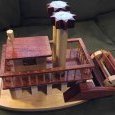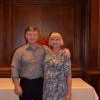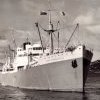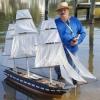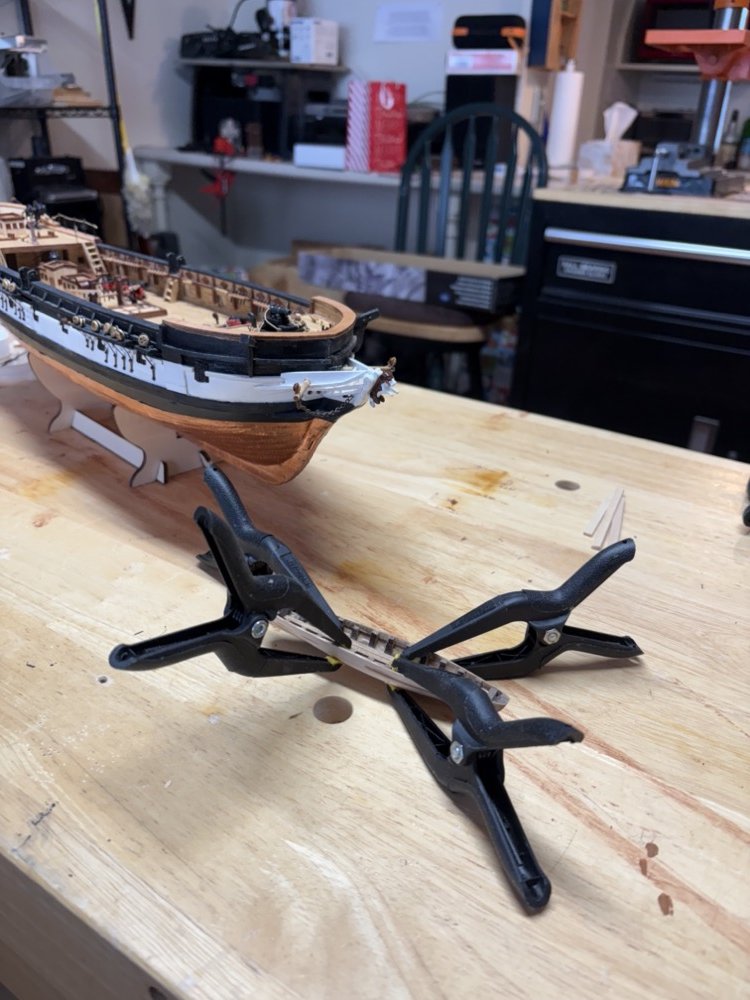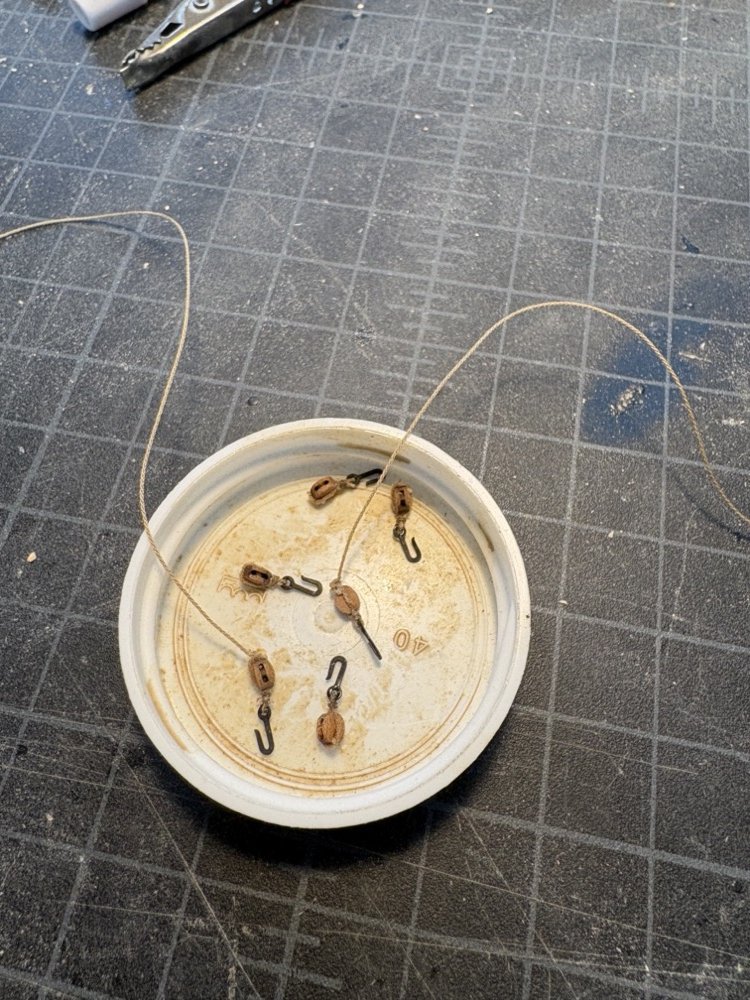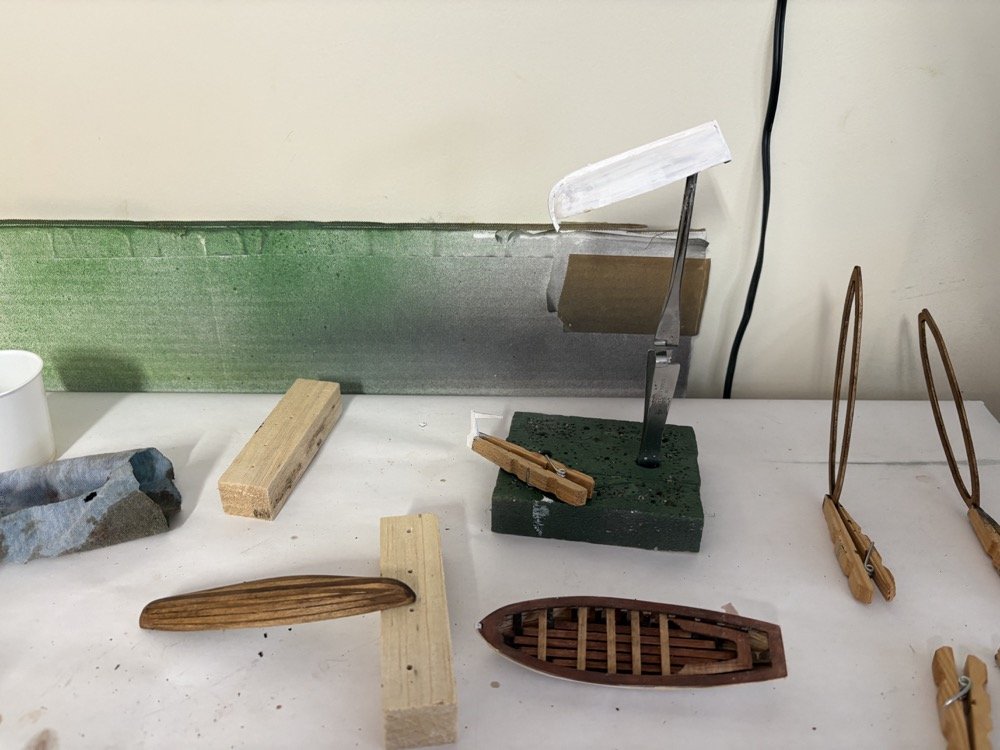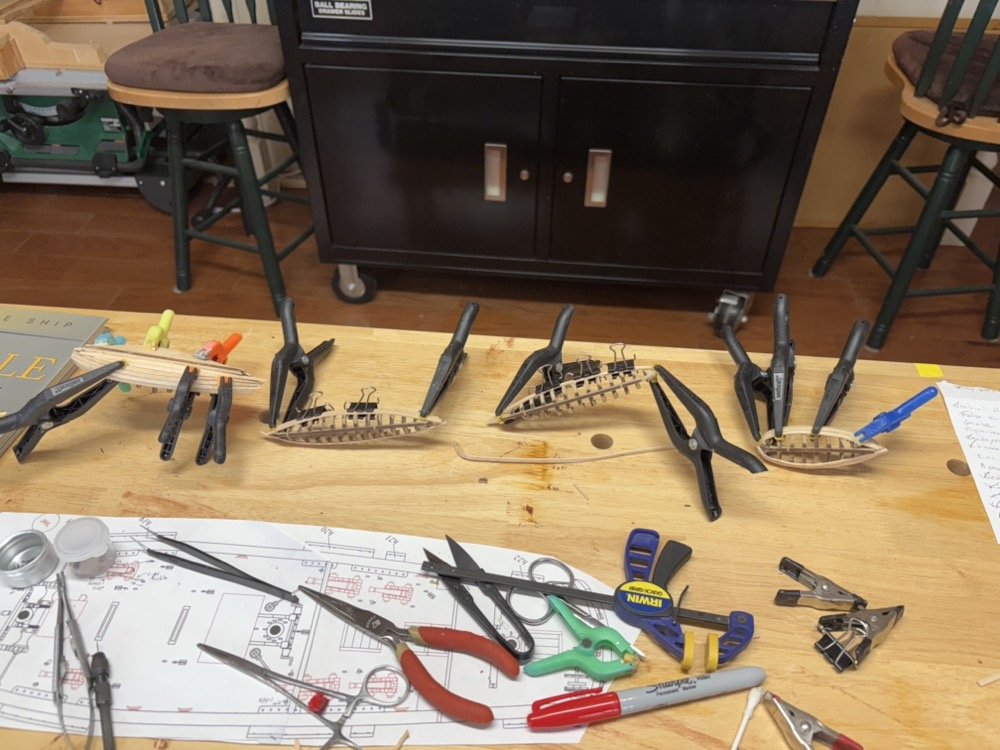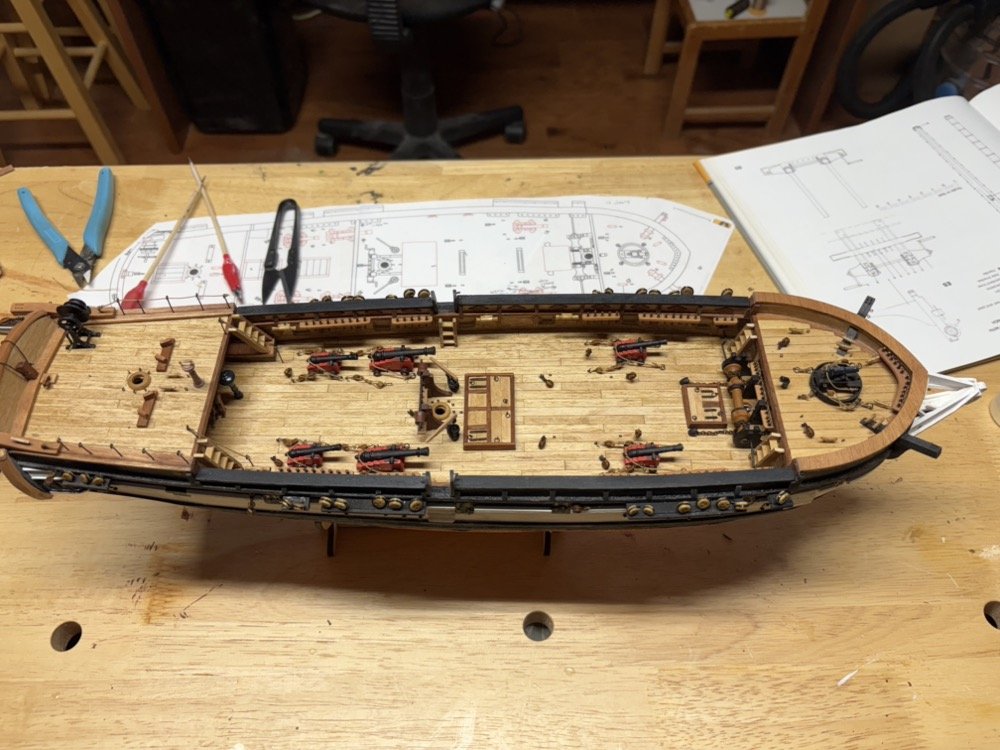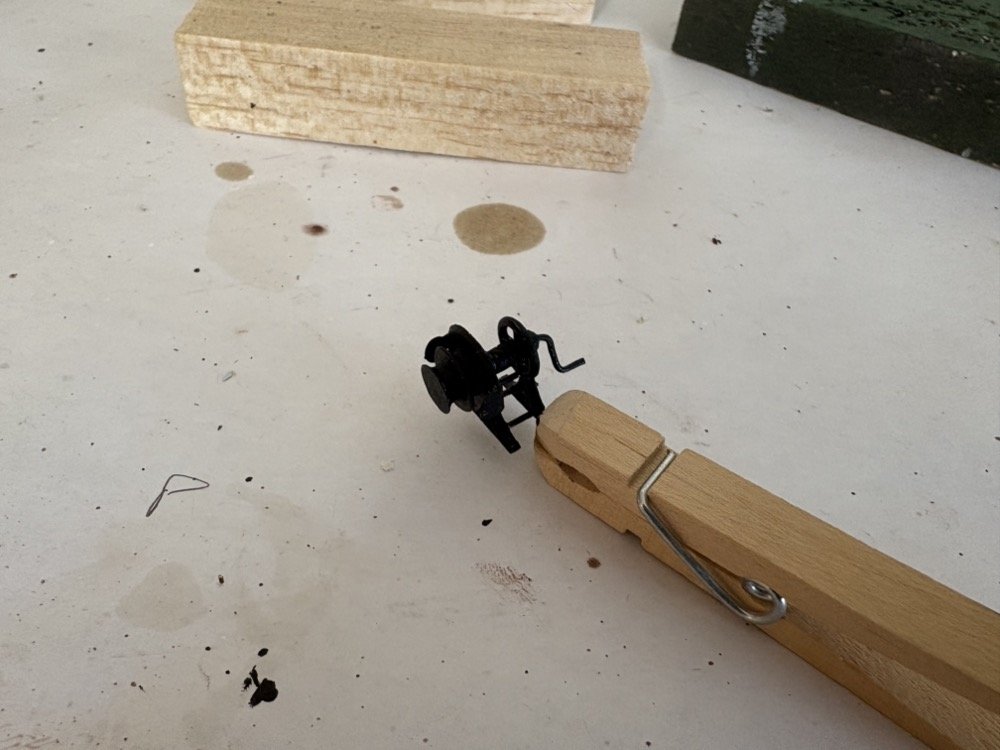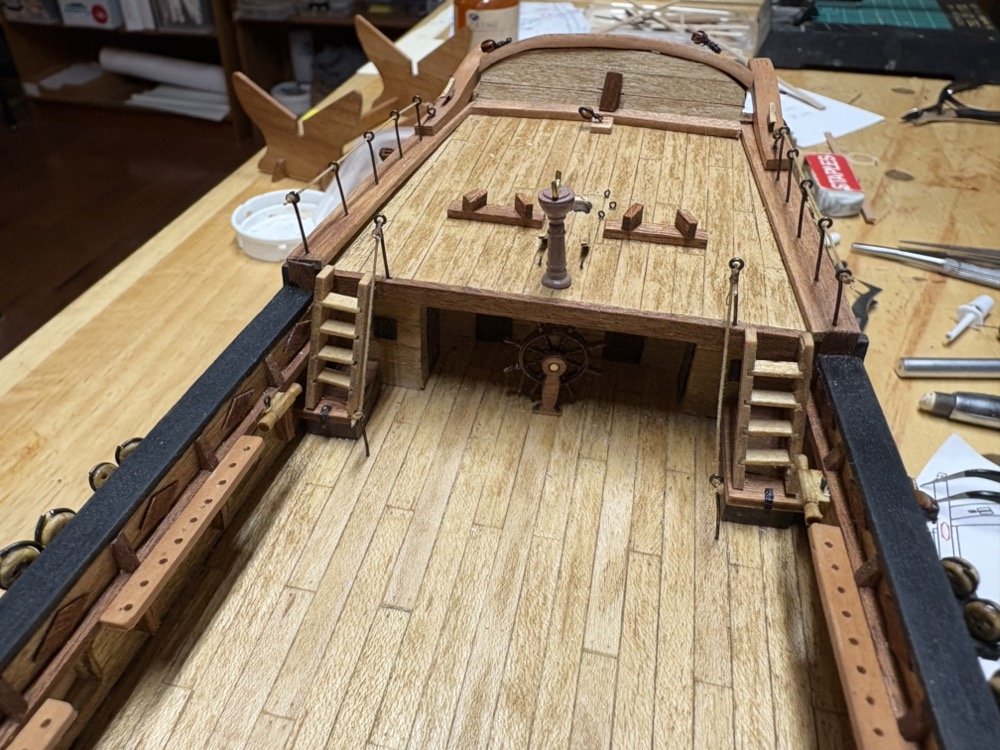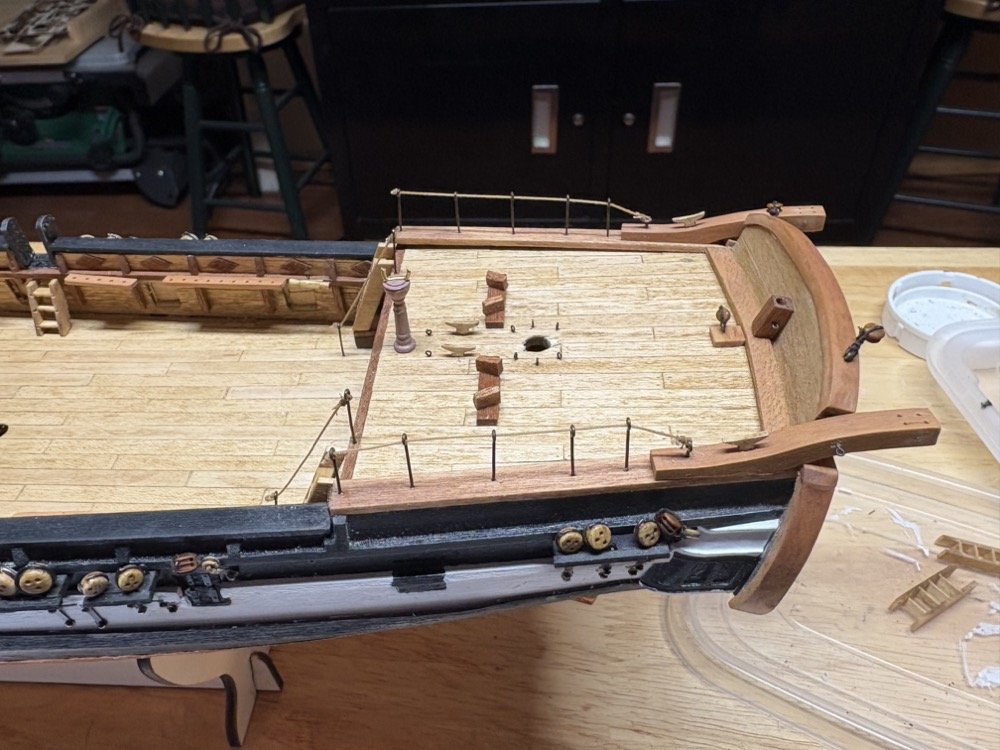-
Posts
2,407 -
Joined
-
Last visited
-
 usedtosail reacted to a post in a topic:
USS Constitution by GGibson - Model Shipways - 1:76.8
usedtosail reacted to a post in a topic:
USS Constitution by GGibson - Model Shipways - 1:76.8
-
 Tomculb reacted to a post in a topic:
HMS Beagle by usedtosail - OcCre - 1:60
Tomculb reacted to a post in a topic:
HMS Beagle by usedtosail - OcCre - 1:60
-
 Tomculb reacted to a post in a topic:
HMS Beagle by usedtosail - OcCre - 1:60
Tomculb reacted to a post in a topic:
HMS Beagle by usedtosail - OcCre - 1:60
-
 Tomculb reacted to a post in a topic:
HMS Beagle by usedtosail - OcCre - 1:60
Tomculb reacted to a post in a topic:
HMS Beagle by usedtosail - OcCre - 1:60
-
 vvvjames reacted to a post in a topic:
HMS Beagle by usedtosail - OcCre - 1:60
vvvjames reacted to a post in a topic:
HMS Beagle by usedtosail - OcCre - 1:60
-
 Cathead reacted to a post in a topic:
HMS Beagle by usedtosail - OcCre - 1:60
Cathead reacted to a post in a topic:
HMS Beagle by usedtosail - OcCre - 1:60
-
 The Gimps Chimp reacted to a post in a topic:
HMS Beagle by usedtosail - OcCre - 1:60
The Gimps Chimp reacted to a post in a topic:
HMS Beagle by usedtosail - OcCre - 1:60
-
 Der Alte Rentner reacted to a post in a topic:
HMS Beagle by usedtosail - OcCre - 1:60
Der Alte Rentner reacted to a post in a topic:
HMS Beagle by usedtosail - OcCre - 1:60
-
 GGibson reacted to a post in a topic:
HMS Beagle by usedtosail - OcCre - 1:60
GGibson reacted to a post in a topic:
HMS Beagle by usedtosail - OcCre - 1:60
-
 Coyote_6 reacted to a post in a topic:
HMS Beagle by usedtosail - OcCre - 1:60
Coyote_6 reacted to a post in a topic:
HMS Beagle by usedtosail - OcCre - 1:60
-
 AJohnson reacted to a post in a topic:
HMS Beagle by usedtosail - OcCre - 1:60
AJohnson reacted to a post in a topic:
HMS Beagle by usedtosail - OcCre - 1:60
-
It has been too long since the last log entry so here is one that shows the state of the work since then. I am still working on all four small boats, with all of them planked and in various states of finishing. The cutter is furthest along with the interior finished and the rail added. Gluing these rails down onto the small hulls is somewhat problematic since there is a distinct curve in the top hull planks. I used medium CA and clamped using slide clamps and strips of wood, but still ended up with some gaps under the rail. I filled these with wood filler and am now in the process of sanding that off and touching up the paint on the hull and stain on the rail. The jolly boat interior is finished and I have started painting the outside of the hull and the rudder white, just like the cutter. The other two boats are long and skinny. For these I am staining both the interior and exterior using walnut stain. Here is the whale boat with a coat of stain, which I really like how it came out. The floor boards are being glued down into the long boat and the figurehead is now attached to the stem. I used medium CA with a quick spray of accelerator to hold it in place, which worked very well. I also stropped some blocks with hooks to hold the three smaller boats to the aft and side davits. The two blocks with beckets and attached lines are for the jolly boat on the aft davits. The other blocks without beckets will be used as lower blocks on the side davits. There will be blocks with beckets attached to the side davits for the top tackle blocks. These blocks are from Model Expo, which they call Beautiful Blocks. They are not quite as nice as the blocks from Syren, which I will also be using on this model, but these are 3.5mm which falls between the 3 and 4 mm blocks from Syren, giving me more size choices. Also, these were available when I needed them as the Syren blocks were sold out. The hooks are PE, left over from one of the Vanguard models. They are too big for the cannon rigging, so I made my own for those, but these seem really good to me to hold the boats. Once I have all the boats completed I'll post a picture of them all.
-
 usedtosail reacted to a post in a topic:
Bristol Pilot Cutter by michael mott - 1/8 scale - POF
usedtosail reacted to a post in a topic:
Bristol Pilot Cutter by michael mott - 1/8 scale - POF
-
Thanks DAR. I am glad that there are still some little gems in the log to help folks out. God knows I can't never remember all those little details now. Merry Christmas to you too and you are doing a great job on your Connie.
- 1,350 replies
-
- constitution
- model shipways
-
(and 1 more)
Tagged with:
-
 usedtosail reacted to a post in a topic:
USS Constitution by usedtosail - FINISHED - Model Shipways - scale 1/76
usedtosail reacted to a post in a topic:
USS Constitution by usedtosail - FINISHED - Model Shipways - scale 1/76
-
 usedtosail reacted to a post in a topic:
HM Gun Brig Adder 1797 by Geordie Tyne - Vanguard Models - 1:64
usedtosail reacted to a post in a topic:
HM Gun Brig Adder 1797 by Geordie Tyne - Vanguard Models - 1:64
-
 usedtosail reacted to a post in a topic:
HMS Speedy by whitejamest - Vanguard Models - 1:64
usedtosail reacted to a post in a topic:
HMS Speedy by whitejamest - Vanguard Models - 1:64
-
 usedtosail reacted to a post in a topic:
HM Brig-Sloop Flirt 1782 by glbarlow - Vanguard Models
usedtosail reacted to a post in a topic:
HM Brig-Sloop Flirt 1782 by glbarlow - Vanguard Models
-
 usedtosail reacted to a post in a topic:
Pegasus by hdrinker - FINISHED - 1:48 - POF - Swan practicum
usedtosail reacted to a post in a topic:
Pegasus by hdrinker - FINISHED - 1:48 - POF - Swan practicum
-
 usedtosail reacted to a post in a topic:
HM Gun Brig Adder 1797 by Geordie Tyne - Vanguard Models - 1:64
usedtosail reacted to a post in a topic:
HM Gun Brig Adder 1797 by Geordie Tyne - Vanguard Models - 1:64
-
I agree with you Andrew. It looks too crowded. I think that some of these deck components from the kit are over scale. Even more stuff on the deck now. Sky lights and boomkins added. I have the supports for the ships boat and the beam that other boats rest on, but I am waiting to add them until I put the boats on. I am currently planking the ships boat and have put the frame together for the gig. The two other boats will be started soon.
-
I finished page J of the instructions which included finishing the depth winch and pumps and gluing them to the deck, along with the compass by the ships wheel. I also finished rigging the cannons, added some chain to the windlass, and added all the belaying pins. I have already started on page K of the instructions by gluing the deck house pieces together and starting the planking of them. I have blackened the supplied chain and added the two chains to the rudder.
-
Thank guys for the kind words. I will have to see how the boat turns out and how much it covers, but since it is such an integral part of the mission of this ship I would be reluctant to leave it off. I may even add some whaleboats too but that is some time off yet. Tom, I would not sell my copy of the AOS Beagle, but I would be willing to lend it to you when I am finished with this model and you are ready to start yours. I was away all last week but made some good progress before then and since I've been back. I assembled and rigged all the cannons. I am using the breaching rope and side tackle to hold the guns to the deck. I still have to finish the rigging on the back two smaller cannons. These are very close to the steps leading to the upper deck so I am in the process of making smaller side tackle for them. I also finished the main bitts and the hatches and glued them to the deck, and added all the blocks and eyebolts to the deck. I am finishing up the painting on the depth winch. I had trouble gluing those side brass pieces to the drum until I bent the bottoms of them to a 90 degree angle and glued those bends to the back of the drum. Now they are attached more securely. In the process I ended up loosing one but was able to duplicate it using some thin brass sheet. Next up are the pumps to finish up page J of the instructions.
-
I wanted to add the gun tackles to the fore gun but couldn't figure out where the other end attached to until I saw @brunnels great build log for his Beagle, so I made up two tackles with 1/8" blocks with hooks and hooked them to the ring bolts. I am using Syren blocks (and cleats) for this model instead of the one size blocks and metal cleats supplied. I also glued the pin rail and pawls to the deck using two pins under the uprights. I finally finished the windlass and got that installed. The plans for the two handles are way off so I basically had to remake them. In the process the blackening was coming off so I painted them flat black. I first glued the handles into the ends of the barrel and slid the end blocks onto the other end of the handles, then glued the windlass supports to the deck and the end blocks to the bulwarks. I put a dowel in the fore mast hole to make sure the mast wasn't hitting anything on the deck, since everything is very close around the mast. This completes page I of the instructions so it is on to page J. I first cleaned the flash off all the white metal parts for this stage, cleaned them in acetone, primed them with Binn primer, and painted them with flat black enamel. I also cleaned the char off the wooden gun carriage parts. Instead of using brass rod for the axels, I made some wooden axels from 1/16" basswood strip. After cutting them to length I files the ends round and pushed the wheels on to finish the shaping. I had to file 1/16" notches into the bottoms of the carriage sides, and once the carriage sides and bottom are glued together, I will need to continue the 1/16" groove across the carriage bottoms to fit the axels. I plan to paint the carriages with bulwarks red paint when they are all glued together.
-
I have been working on the gun for the fore deck using mostly the kit supplied pieces. I am using smaller eyebolts with the kit supplied rings to make the ringbolts that hold the gun down. I added a short length of a brass screw under the back of the gun for the elevation screw instead of the eyebolt the instructions called for. Here is the gun with four lengths of line seized to the ringbolts. These will be tied to four ringbolts in the deck when the gun is installed. I have also started building the windlass, again using mostly the kit supplied pieces. One change I made is that the instructions show a loop at the barrel ends of the handles that go around a nub that sticks out of the ends of the barrel. I instead filed off the nubs and drilled holes in the ends of the barrel so I can leave the ends of the handles straight and glue them into the holes. I am now priming and painting the barrel and assembling the upright support pieces for the windlass.
-
Thank you Gregg. I am glad you are finding my Connie log useful. Your model is looking great. Here are some shots of my current progress. All six ladders are installed as well as all the pin rails on the bulwarks. A lot or work as been done on the poop deck, including the azimuth compass, some blocks, whale boat supports, cleats, eye bolts, and the rope railings. For supports I used larger eyebolts that I had which are still not as big as the supplied eyebolts, which look way out of scale to me. If you look closely you can just see the ships wheel under the poop deck. Thanks for looking in.
About us
Modelshipworld - Advancing Ship Modeling through Research
SSL Secured
Your security is important for us so this Website is SSL-Secured
NRG Mailing Address
Nautical Research Guild
237 South Lincoln Street
Westmont IL, 60559-1917
Model Ship World ® and the MSW logo are Registered Trademarks, and belong to the Nautical Research Guild (United States Patent and Trademark Office: No. 6,929,264 & No. 6,929,274, registered Dec. 20, 2022)
Helpful Links
About the NRG
If you enjoy building ship models that are historically accurate as well as beautiful, then The Nautical Research Guild (NRG) is just right for you.
The Guild is a non-profit educational organization whose mission is to “Advance Ship Modeling Through Research”. We provide support to our members in their efforts to raise the quality of their model ships.
The Nautical Research Guild has published our world-renowned quarterly magazine, The Nautical Research Journal, since 1955. The pages of the Journal are full of articles by accomplished ship modelers who show you how they create those exquisite details on their models, and by maritime historians who show you the correct details to build. The Journal is available in both print and digital editions. Go to the NRG web site (www.thenrg.org) to download a complimentary digital copy of the Journal. The NRG also publishes plan sets, books and compilations of back issues of the Journal and the former Ships in Scale and Model Ship Builder magazines.




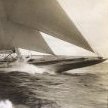
.thumb.jpeg.fc5d633a7b34428fcf19419a73d56d55.jpeg)
